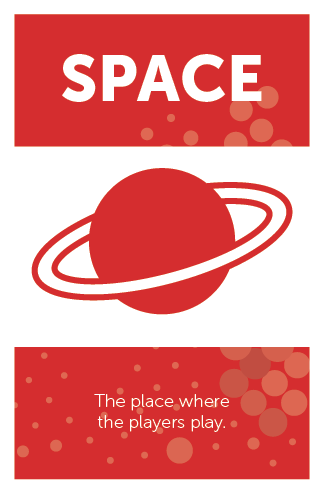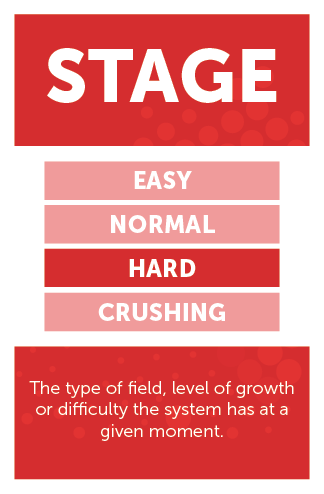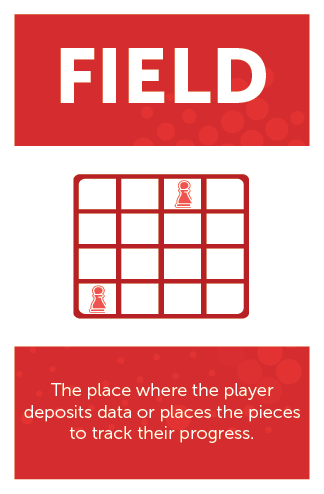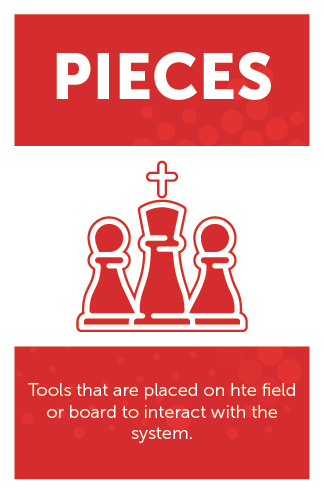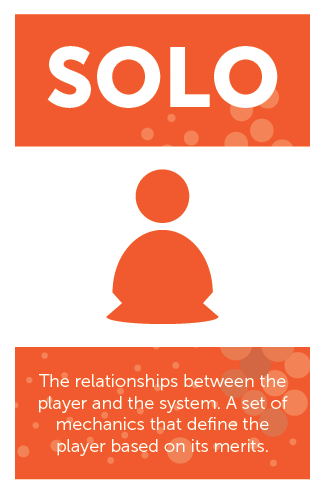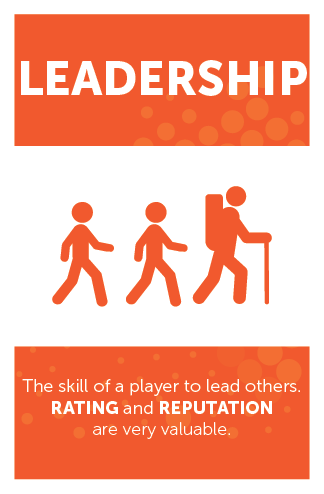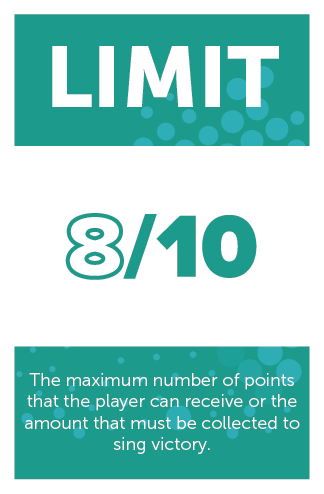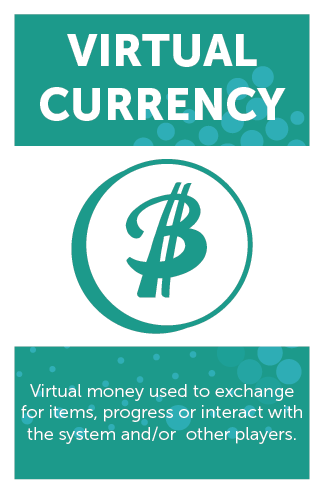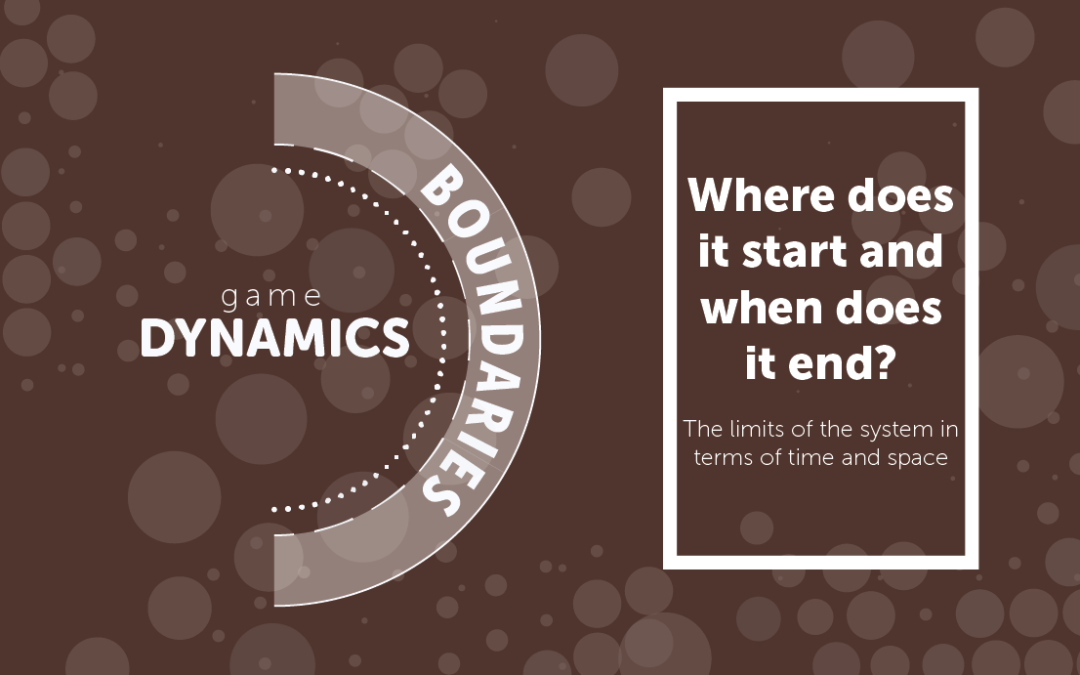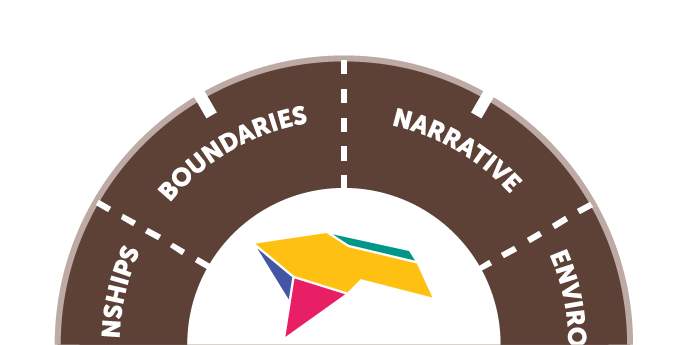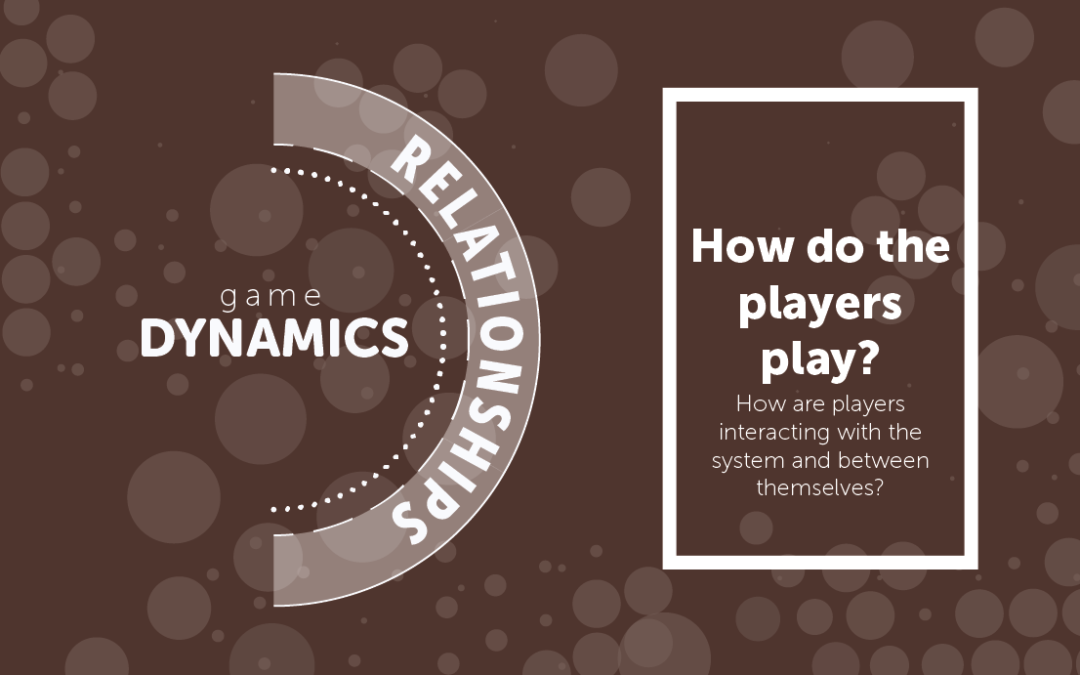
#Gamemechanics – Time Category
Time Category #gamemechanics
How long will the players have to overcome all challenges.
Time should not only be perceived as minutes, seconds or days. In #gamification we see time as a lot more than that.
For instance, the fact that a player has a set number of attempts to overcome a challenge is one thing (which does define the time), however, what if you say “the first to accomplish”.
Time doesn’t have to be set as a number of days, although using normal time might be the easiest thing, in #gamification it just refers to how long, how many times and/or when can the players play.
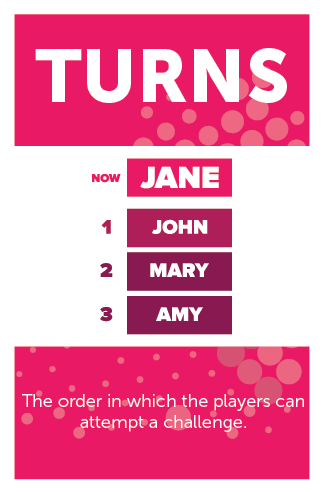
As I said before, turns are a great way to set the time for a challenge. We will all take turns to attempt this, but with the following order.
When you use this #gamemechanic, make sure you are FAIR in how players earn their turn. If it’s a random thing (alphabetical order by last name IS random, nobody chose theirs), make sure everyone has at least one try. You can then offer a sudden death for all those who overcome with the same results or just define the winner by performance.
Turns based games are often slower than others. You have to wait in line for the guy in front to attempt and if there is no time limit to his turn it could be days before your chance. If you are using the “first guy to make it” mechanic and I know I can do it, but the guy in front gets it first even before I attempt it, then it will feel really unfair (you even think he knew before or had help)
Make sure when using turns EVERYONE gets a shot at it, at least once and each attempt is equally fair for all (or at least all players can have the same level of ability before attempting).

One thing is the order in which you attempt and a very different thing is how many times you can try to overcome.
Not much detail to get into, but make sure, as always, to make it fair for everyone. If you are giving three attempts, EVERYONE either gets them or has the ability/possibility to get as many. If you earn attempts depending on performance, make sure it’s available for all and it’s not harder for some.

This #gamemechanic does refer to time as literal.
How many seconds, minutes, hours, days, weeks, months or years does the player have to master the system or overcome a challenge.
Easy to think about it that way, how about thinking a different thing that most people forget:
What is the FASTEST they can do it?
When I started gamifying my classroom, I thought my players will take the whole semester to finish my challenges (ha!). Little did I know about the power and impact #gamification has on high school students. Two months in my players had eaten ALL the content I proudly prepared for the semester and I had no way of feeding their content demand as fast.
The result?
My system collapsed and had to resort to old practices to level the class… sad right?
I learned that defining your time limit BOTH ways is crucial for a system to be successful.
Set boundaries to the time players CAN and HAVE to finish. This way you won’t be surprised by some players saying they went through all the content overnight when you wanted them to go through it for five weeks.

Bernardo Letayf
M.B.O. (Mind Behind the Operation)
6th position in the Gamification Gurus Power 100!
Gamification Keynote Speaker & the mind behind the operation @bluerabbit, a gamification platform for education.
Developed three frameworks to teach/learn how to create gamification systems and build gamified content
Declared a world wide war on grades.

